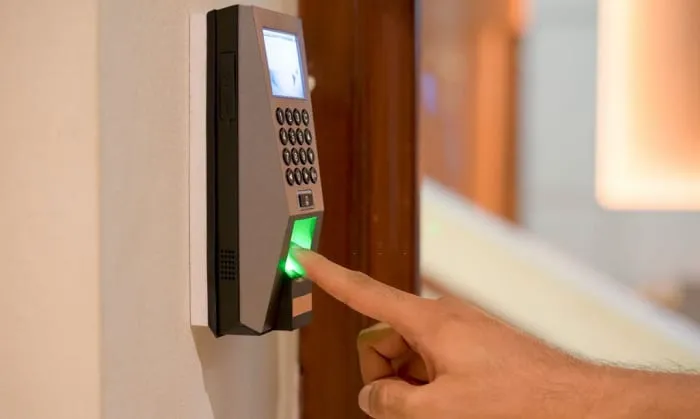How to Make a Bump Key to Bump a Lock
Have you ever wondered how locksmiths can effortlessly open locks without the original key? One technique they use is called lock bumping, and it involves the use of a specially crafted tool known as a bump key.
In this article, we will explore the fascinating world of lock bumping and teach you how to make a bump key to bump a lock. Please note that this article is for educational purposes only and should not be used for any illegal activities.
How Does Lock Bumping Work?

Before we dive into the process of making a bump key, let’s first understand how lock bumping works. Lock bumping is a method of opening a lock by applying slight force to the pins inside the lock cylinder while simultaneously striking the bump key.
The force causes the pins to momentarily jump, allowing the lock to be turned and the door to be opened.
Lock bumping exploits a vulnerability present in many pin tumbler locks, which are the most common type of locks found in residential and commercial settings. These locks consist of a series of pins that must be aligned properly by the correct key for the lock to turn.
However, with a bump key, the pins can be momentarily displaced, allowing the lock to be opened without the original key.
How to Make a Bump Key

Now that we have a basic understanding of lock bumping, let’s explore how to make a bump key.
Please remember that this information is solely for educational purposes, and using a bump key on a lock you don’t own or without proper authorization is illegal.
Step 1: Choose the Right Key
To begin, you need to select a key that is compatible with the lock you want to bump. The key should fit into the lock’s keyway smoothly and without any resistance.
Ideally, you should choose a key that is made by the same manufacturer as the lock you intend to open.
Step 2: File Down the Key
Using a metal file, carefully file down all the peaks or ridges on the key’s biting. The bitting refers to the set of grooves and cuts on the key that correspond to the pins inside the lock cylinder.
By filing down the key, you essentially create a master key that can bypass the lock’s pin system.
Step 3: Create Notches
Next, you will need to create notches on the key’s shoulder. These notches will allow the key to be inserted into the lock at different depths, depending on the length of the lock pins.
To create the notches, use a triangular file and make shallow cuts on the shoulder of the key.
Step 4: Polish the Bump Key
After creating the notches, it’s important to polish the bump key to ensure smooth operation. Use a fine-grit sandpaper or a polishing stone to remove any imperfections or rough edges on the key.
A well-polished bump key will minimize friction and increase the chances of successful lock bumping.
Step 5: Test the Bump Key
Before attempting to use the bump key on a lock, it’s crucial to test its effectiveness. Insert the bump key into the lock and apply slight rotational force while simultaneously striking the key’s head with a mallet or a similar tool.
If the lock turns and the door opens, congratulations! You have successfully created a working bump key.
Is Lock Bumping Legal?
While lock bumping is a legitimate technique used by locksmiths, it’s essential to note that its use on locks you don’t own or without proper authorization is illegal.
Engaging in any form of lock picking or lock bypassing without legal permission is considered a criminal offense in many jurisdictions.
It’s crucial to respect the laws and regulations governing lock manipulation and only use this knowledge responsibly and ethically.
Conclusion
Lock bumping is a fascinating technique that demonstrates the vulnerabilities present in many pin tumbler locks. By creating a bump key, one can exploit these vulnerabilities to open locks without the original key.
However, it’s crucial to remember that lock bumping should only be used for educational purposes and with proper authorization.
Engaging in any illegal activities related to lock manipulation can have serious legal consequences. Stay curious, stay informed, and always use your knowledge responsibly.
READ ALSO!!!




